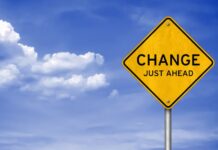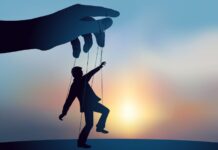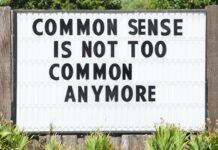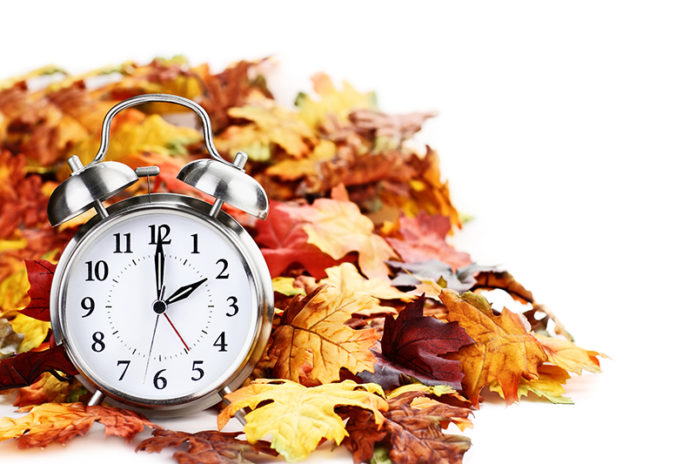Twice a year, the federal government gives back something it took from millions of Americans with their cooperation, if not their consent.
In the spring, Uncle Sam distributes tax refunds. And in the fall, we cash in an extra hour of sleep as the sun sets on daylight saving time. Coast to coast, clocks will “fall back” to standard time at 2 a.m. Nov. 7.
Workers who have more money withheld from their paychecks than they’ll owe in taxes essentially extend the feds an interest-free loan, but working-class folks who find themselves otherwise unable to save rely on the annual windfall. It’s the modern equivalent of bank “Christmas clubs” where small sums deducted throughout the year are pooled to form a family’s holiday shopping budget.
Unlike a tax refund check, the twice-annual time change provides no practical benefit. It’s an ill-conceived ritual that confuses our circadian rhythms and causes needless chaos, disrupting Americans’ already fitful sleep.
The experts are unanimous: The American Academy of Sleep Medicine called on policymakers to hit the permanent snooze button on daylight saving time in a policy statement published last year in the Journal of Clinical Sleep Medicine.
“Springing forward” to daylight saving time disrupts sleep schedules, causing higher heart rates and increased blood pressure that are associated with heightened risks for heart attack, stroke and hospital admissions, the AASM’s physicians and researchers say. Sleep-deprived drivers cause a predictable spike in car crashes, with fatal collisions increasing by as much as 6% nationwide.
Gaining the hour back each fall doesn’t mitigate the consequences.
“Although most acute health-related effects are noted only when transitioning from standard time to DST, transitions both into and out of DST have been associated with sleep disruption, mood disturbances and suicide,” Drs. Muhammad Adeel Rishi, Omer Ahmed and 21 other sleep medicine physicians wrote in the position statement.
Don’t blame the farmers. The notion that an extra hour of sunlight was essential to our agrarian past is a plausible-sounding fiction. Daylight saving time was always an energy conservation scheme — Benjamin Franklin calculated its potential benefits in pounds of candle wax saved.
Academics who study the time change conclude there’s no appreciable savings in home electricity use. Writing for NPR, reporter Bill Chappell notes that later sunlight hours in the spring and summer facilitate more after-work shopping, dining and recreation. Businesses have come to reply on the schedule shift. All that conspicuous consumption likely produces a net increase in energy use.
More than six in 10 U.S. adults want to eliminate the time change, but there’s no consensus on which clock setting to keep and which to discard. Sleep doctors say standard time is best. Business boosters, beach bums and all manner of sun worshipers would rather make daylight saving time the new national default.
“While there is debate about how the merits of permanent daylight saving time would compare with permanent standard time, the AASM position is that a change to permanent standard time is best aligned with human circadian biology and has the potential to produce beneficial effects for public health and safety,” the AASM said in an Oct. 20 news release.
In just the last four years, 19 states have passed legislation to keep clocks sprung forward, according to the National Conference of State Legislatures. Because the federal government keeps the nation’s time, congressional approval is needed before any of those laws can take effect.
Rep. Vern Buchanan, who represents Florida’s 16th Congressional District, introduced the Sunshine Protection Act of 2021 to make daylight saving time the new standard. Despite bipartisan support, the bill has been parked in a subcommittee since February and is all but formally dead.
The matter may seem trivial compared to infrastructure spending, foreign policy, rising inflation and voting rights, but your doctor most likely disagrees. Ending the disruptive ritual could rightly be described as a public health measure.
More than a third of American adults are sleep-deprived, and Ball State University researchers analyzing National Health Interview Survey data found that the proportion of people seeing fewer than seven hours of shuteye climbed to 35.6% in 2018, a nearly 5% increase from 2010.
If you’re fed up with the insomnia-inducing time change, setting the clocks back this year could serve as a reminder to dash off a strongly worded note to your representative in Congress.































